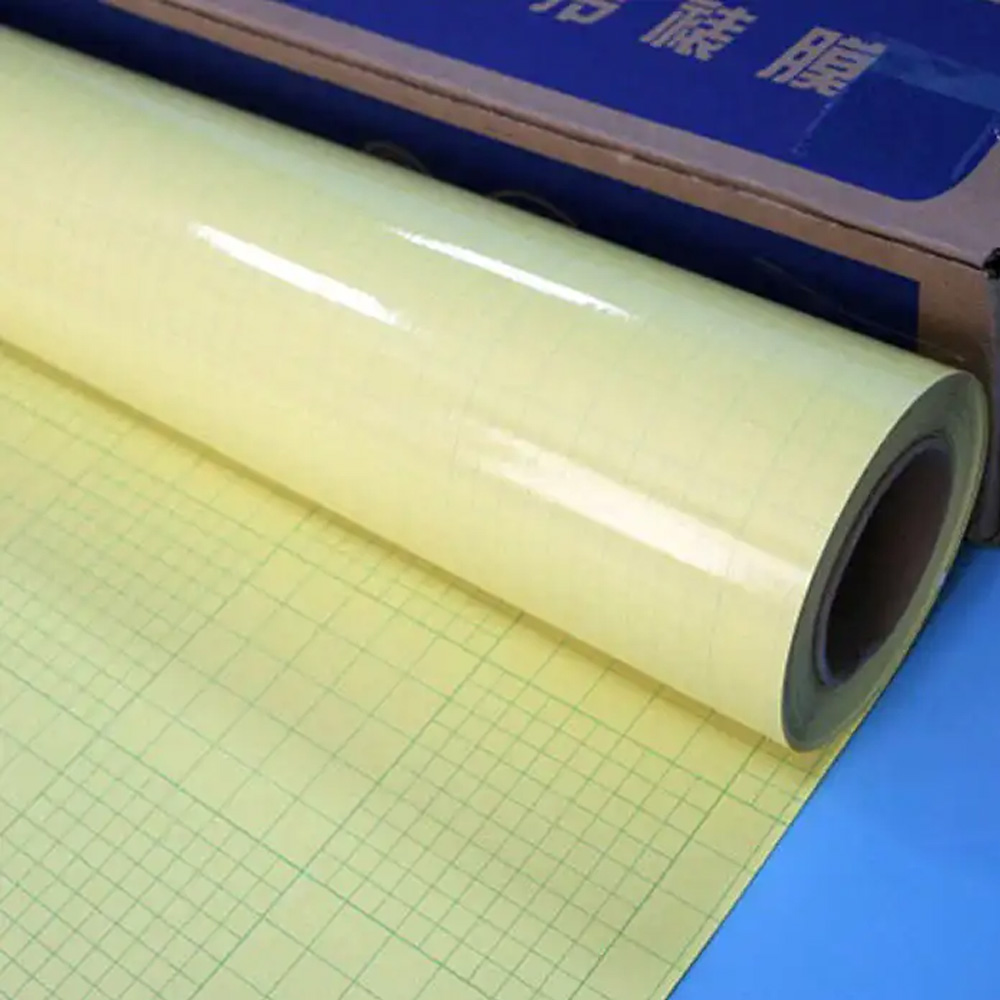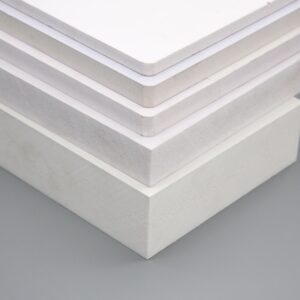Specification:
| • Model number: CL620 | • Material: PVC |
| • Surface: Matte | • Hardness: Soft |
| • Transparency: Transparent | • Feature: Water Soluble |
| • PVC Thickness: 80Mic, clear | • Backing paper: White Paper |
| • Glue thickness: 25mic, Permanent | • Processing Type: Multiple Extrusion |
| • Packing: Carton & Neutral Packing | • Size: 0.914/1.07/1.27/1.37/1.52m*50m |
| • Application: Outdoor/indoor advertising |
Is it better to use cold mounting or hot plastic for photos?
Cold mounting is a plastic film made of transparent PVC through adhesive processing. The plastic film is pressed on the surface of the photo by mechanical pressure, and no heat will be generated when the film is laminated. Thermoplastic is a plastic film that melts at high temperature, and is attached to the surface of the photo by mechanical pressure and temperature to melt the plastic film and adhesive tape.
Cold lamination can only be sealed on one side, but it is closer to the photo. There is a small disadvantage of cold lamination, the glue will ooze out from the side after a long time. Single-sided cold lamination is also prone to curling of photos due to thermal expansion and contraction of the film. As for the ordinary thermal lamination, the format is very small, and the large photos are not easy to use. In terms of lamination speed, cold lamination does not require temperature preheating, so lamination can be started without waiting for the preheating time.





